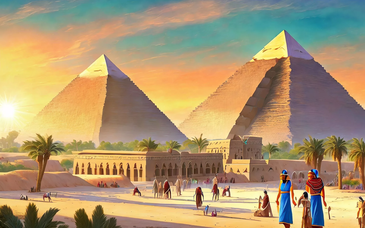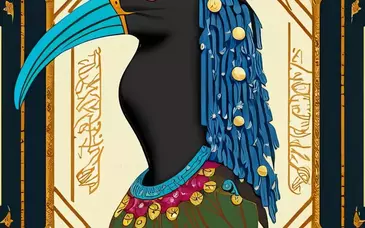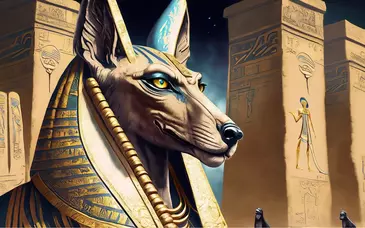The British Museum contains many wonderful exhibits, and it would take days of wandering around to look at everything in detail. In some ways the vast amount of material on display can take away some of the wonder from the individual objects. This is the coffin of a Pharaoh called Intef. The small selection included on these pages gives an indication of what is on display. | 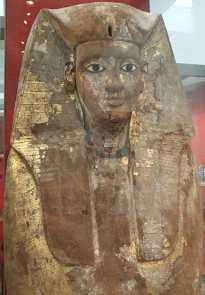 |
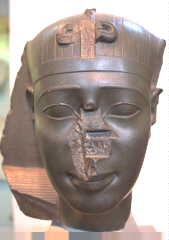 | In view of the great age of the objects on display many show signs of damage, either accidental or deliberate. It was common practice for Pharaoh's to usurp the monuments of their predecessors, or to destroy them. The statues and monuments of the Amarna Pharaoh's were treated particularly harshly, As were those of Queen Hatshepsut , particularly by her successor Tuthmosis III |
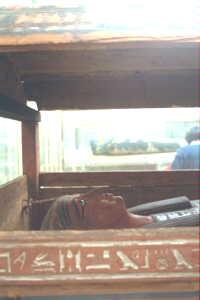 | 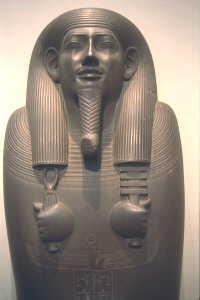 |
| Because many burial sites were removed entirely and brought to the British Museum, the funerary equipment on display goes beyond the usual cartonage mummy boards and mummiform outer coffins. This photograph shows the anthropoid inner coffin still contained in its elaborately carved outer coffin. | Amongst the statues and columns in the lower gallery there are several Sarcophagi and sarcophagus lids. Many of these are elaborately carved and some even show signs of re-use. One example originally for a middle kingdom woman has later been reused with the inscriptions altered accordingly. |
| The British Museum has a vast selection of Shabti figures and faience objects on display. This Shabti is particularly interesting as it was obviously part of some undertakers stock of funeral goods. |  | The spaces for the name of the deceased have been left blank when the figure was made and would have been filled in when the figure was needed. |
| Another well known set of objects in the museum are the figures of the four sons of the god Horus. These acted as the guardians of the internal organs when the body was mummified. | 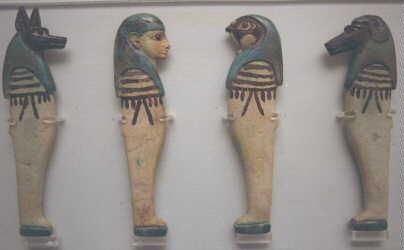 |

